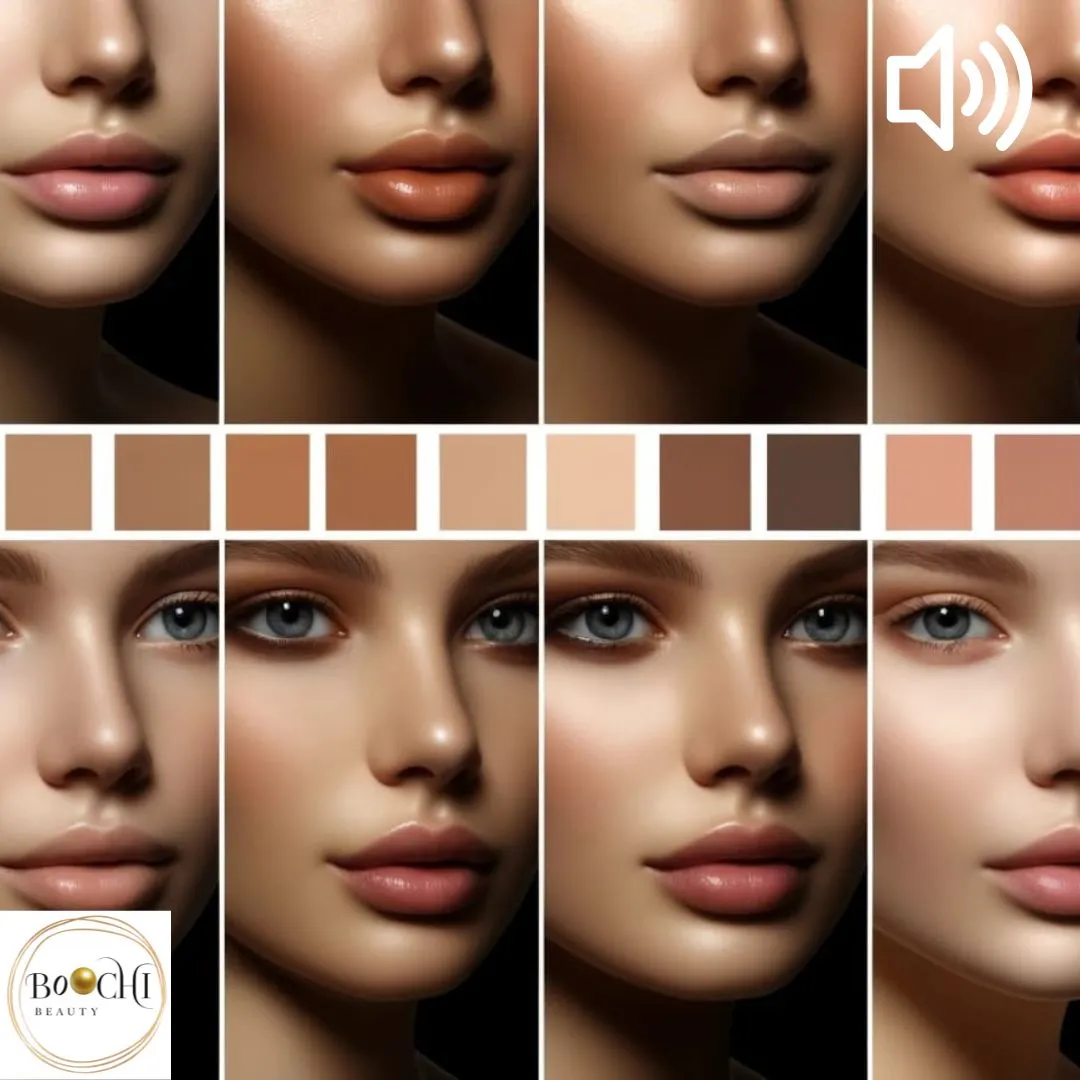
Ultimate Guide to Skin Undertones: Find Your Perfect Match
|
Getting your Trinity Audio player ready...
|
Identifying your skin’s undertone is essential for choosing not only the right makeup and hair color but also clothing that complements your natural beauty. Understanding this can boost your confidence and ensure you always present yourself in the best light.
This comprehensive guide will delve into how to determine your skin’s undertone and select the perfect foundation and hair color to enhance your innate allure.
The Foundation of Flawless Beauty:

Understanding Skin Undertones:
Why It Matters:
The undertone of your skin remains constant, regardless of changes in your tan or skin conditions. Knowing whether your undertone is cool, warm, or neutral can help you make more informed decisions about your cosmetic and fashion choices. Here’s a quick primer on the types of undertones:- Cool Undertones: Typically accompanied by bluish, purplish, or pinkish hints in the skin. You may have light blue, grey, or green eyes with blonde, brown, or black hair.
- Warm Undertones: Your skin will lean towards peach, yellow, or golden shades. Common among those with brown, amber, or hazel eyes and hair that’s strawberry blonde, red, brown, or black.
- Neutral Undertones: A mixture of both cool and warm hues, or your skin may not clearly lean towards either.
| Larissa Boochi |
Effective Tests to Determine Your Skin’s Undertone:
- The Vein Test: Look at the veins on the inside of your wrist. If they appear blue or purple, you likely have a cool undertone. If the veins look green or olive, you have a warm undertone. Veins that are blue-green suggest a neutral undertone.
- Jewelry Test: Silver jewelry typically complements cool undertones, while gold jewelry shines best on warm undertones. If both metals look good, you are probably neutral.
- White Fabric Test: Under natural light, hold a piece of white fabric next to your face. A blueish cast suggests a cool undertone, whereas a yellowish cast means a warm undertone.
- Sun Reaction Test: How your skin reacts to the sun can also give clues; cool undertones may burn easily, while warm undertones might tan more readily.
Decoding Foundation Shades:
Choosing the right foundation is crucial for achieving a seamless beauty look. Many foundations are now labeled with undertones—cool (C), warm (W), or neutral (N)—to help simplify your selection.Matching Your Skin Undertone:
- Cool Undertones: Opt for foundations that have a pink, red, or bluish base. Look for bottles marked with a ‘C’.
- Warm Undertones: Your best match will be foundations with a yellow, peach, or golden base, indicated by a ‘W’.
- Neutral Undertones: You can choose foundations that combine qualities from both cool and warm ranges, typically labeled with an ‘N’.

Master the Art of Matching Skin Undertone to Foundation and Hair Color
Choosing Hair Color Based on Your Undertone:
Your hair color should also complement your skin’s undertone:- Cool Undertones: Consider shades like silver, ash blonde, jet black, or cool brown.
- Warm Undertones: Golden blonde, warm brown, auburn, and caramel shades will enhance your natural radiance.
- Neutral Undertones: You have the flexibility to experiment with a wide spectrum of colors, though balanced shades often look best.
Here’s a list of tips for using skin color undertones to enhance both beauty and fashion choices:
Identify Your Undertone:- Cool: Look for pink, red, or bluish undertones.
- Warm: Your skin will lean towards yellow, peachy, or golden undertones.
- Neutral: A mix of both cool and warm undertones, or your skin tone is more color-neutral.
- Choose foundation shades that complement your undertone for a natural look. Cool undertones thrive with pink-based foundations, while warm undertones should opt for yellow-based products.
- Cool Undertones: Thrive in silver jewelry and shades of blue, purple, and emerald green.
- Warm Undertones: Look best in gold jewelry and earth tones like yellow, orange, brown, and olive green.
- Neutral Undertones: Have the flexibility to mix and match colors from both cool and warm spectrums.
-
- Cool Undertones: Opt for lipsticks with blue or purple shades, such as plum, cherry, and rose.
- Warm Undertones: Go for lipsticks in shades of orange, coral, peach, or amber.
- Neutral Undertones: You can experiment with most colors, but dusty rose, berry, or mauve typically look fantastic.
- For cool undertones, use pink or mauve blush and eyeshadows in cool hues like blue, lavender, and silver
- .Warm undertones should choose peach or coral blushes and eyeshadows in warm colors like brown, peach, and gold.
- Neutrals can play around with light pink, peach, and bronzer while experimenting with both cool and warm eyeshadow colors.
- Align your wardrobe and accessory choices with your undertone for a harmonious look. Cool undertones might prefer white, black, navy, and grey, which complement their skin tone, whereas warm undertones should embrace earthier fabrics and patterns.
- Cool Undertones: Enhance your natural color with shades like ash blonde, ash brown, and black.
- Warm Undertones: Warm shades like golden blonde, caramel, and rich browns can be flattering.
- Neutral Undertones: You have the versatility to experiment with both cool and warm hair colors.

Try these techniques today and visit our Foundation Matching Guide to discover the best options for your skin tone!
#BoochiBeauty #Visagism #PersonalizedBeauty #LuxuryBeauty #MakeupArtistry #HairStyling #BeautyEmpowerment #TimelessBeauty #BeautyTransformation
By Larissa Boochi, Former Cosmetologist and Journalist
As an Affiliate Associate, I earn from qualifying puchases.
#NaturalBeauty #Cosmetology #BeautyTips #BoochiBeauty #Denver
Transform your beauty routine, become Boochi Beautiful!
Tag us on Instagram @boochibeauty.
No posts were found for provided query parameters.
You may also enjoy
Botox for Face and Hair: Transform You!!
The color wheel, a fundamental tool developed by scientist Isaac Newton in 1666,
Banish Melasma: Unveil Radiance!
The color wheel, a fundamental tool developed by scientist Isaac Newton in 1666,
Boost Your Confidence: New Barbering Trends!
The color wheel, a fundamental tool developed by scientist Isaac Newton in 1666,
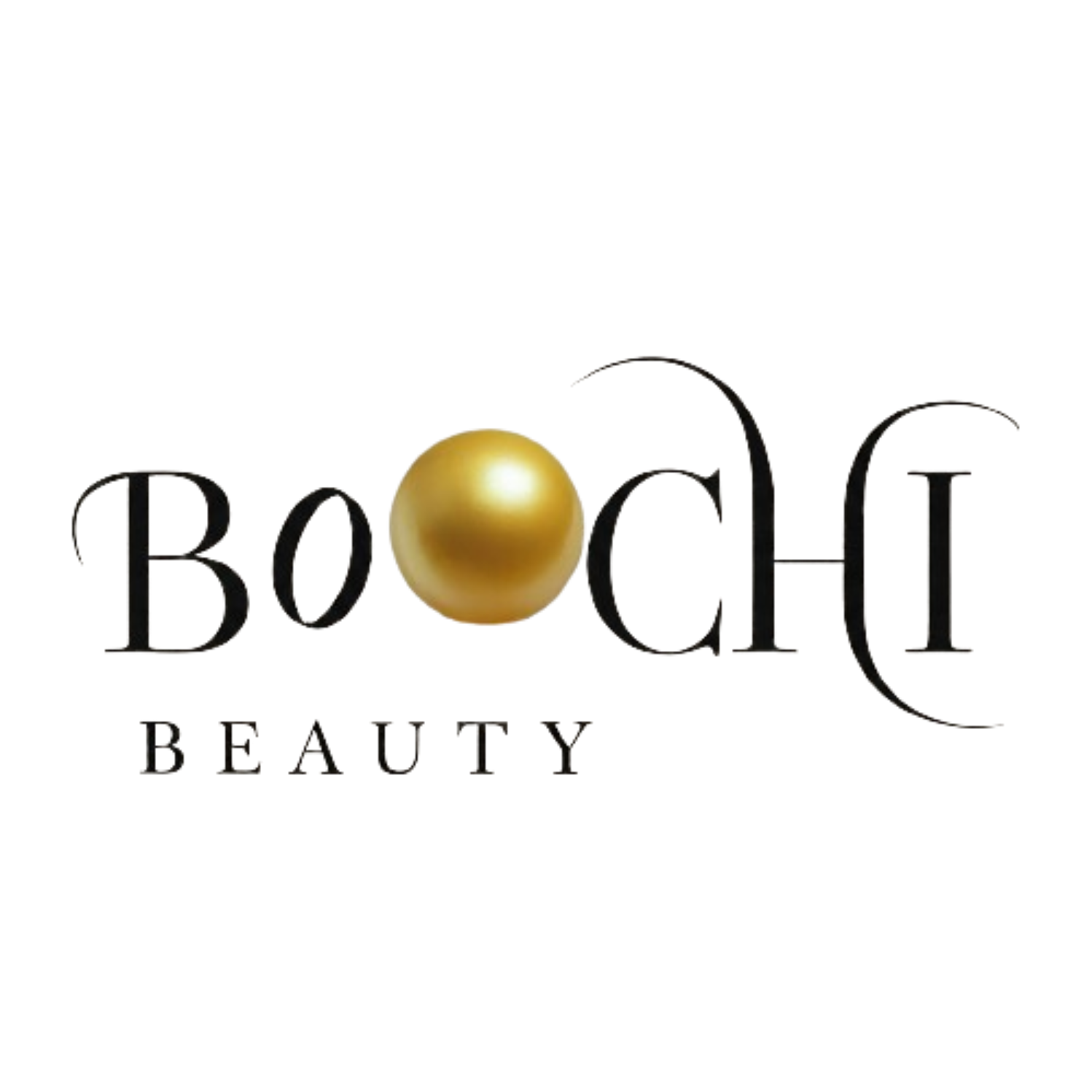
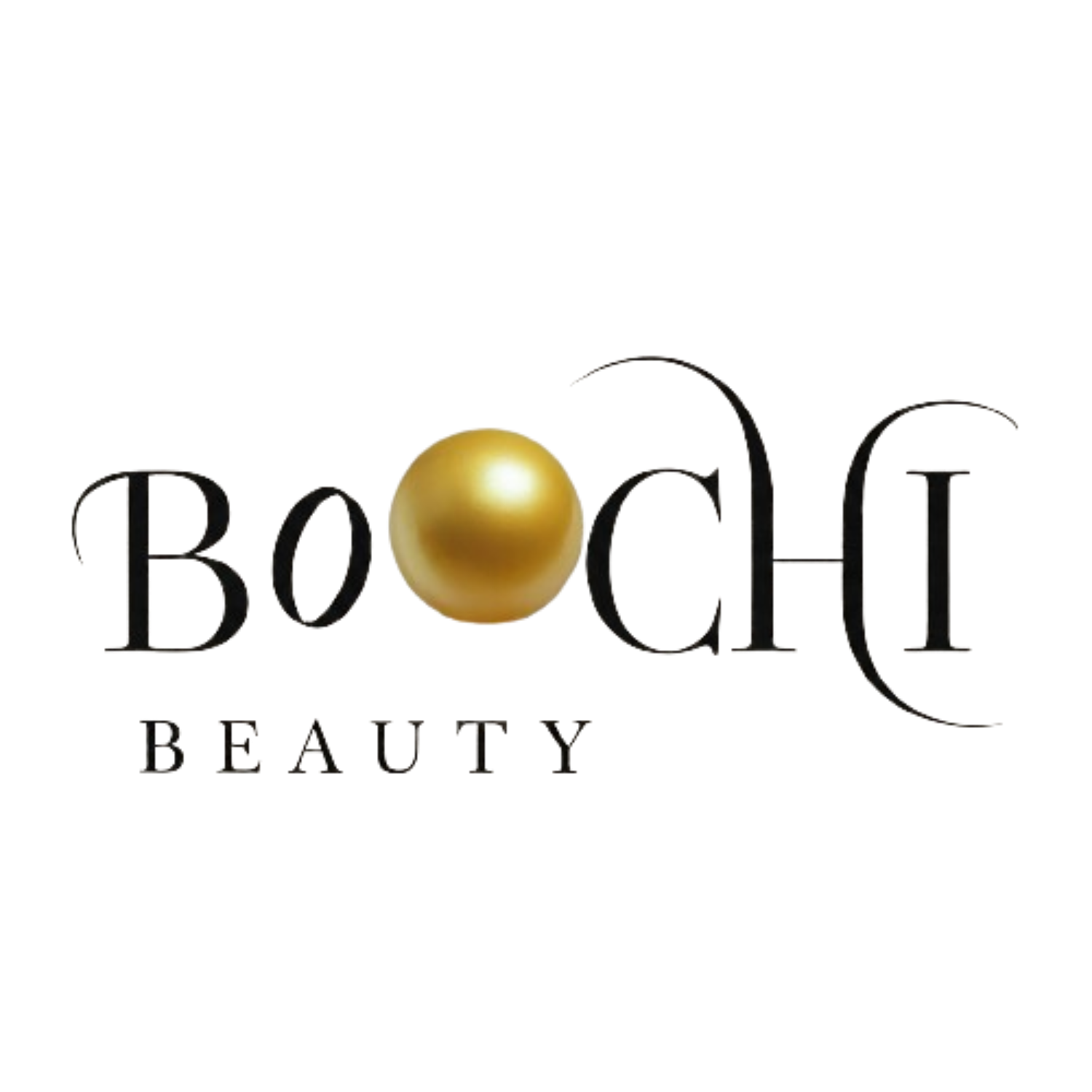


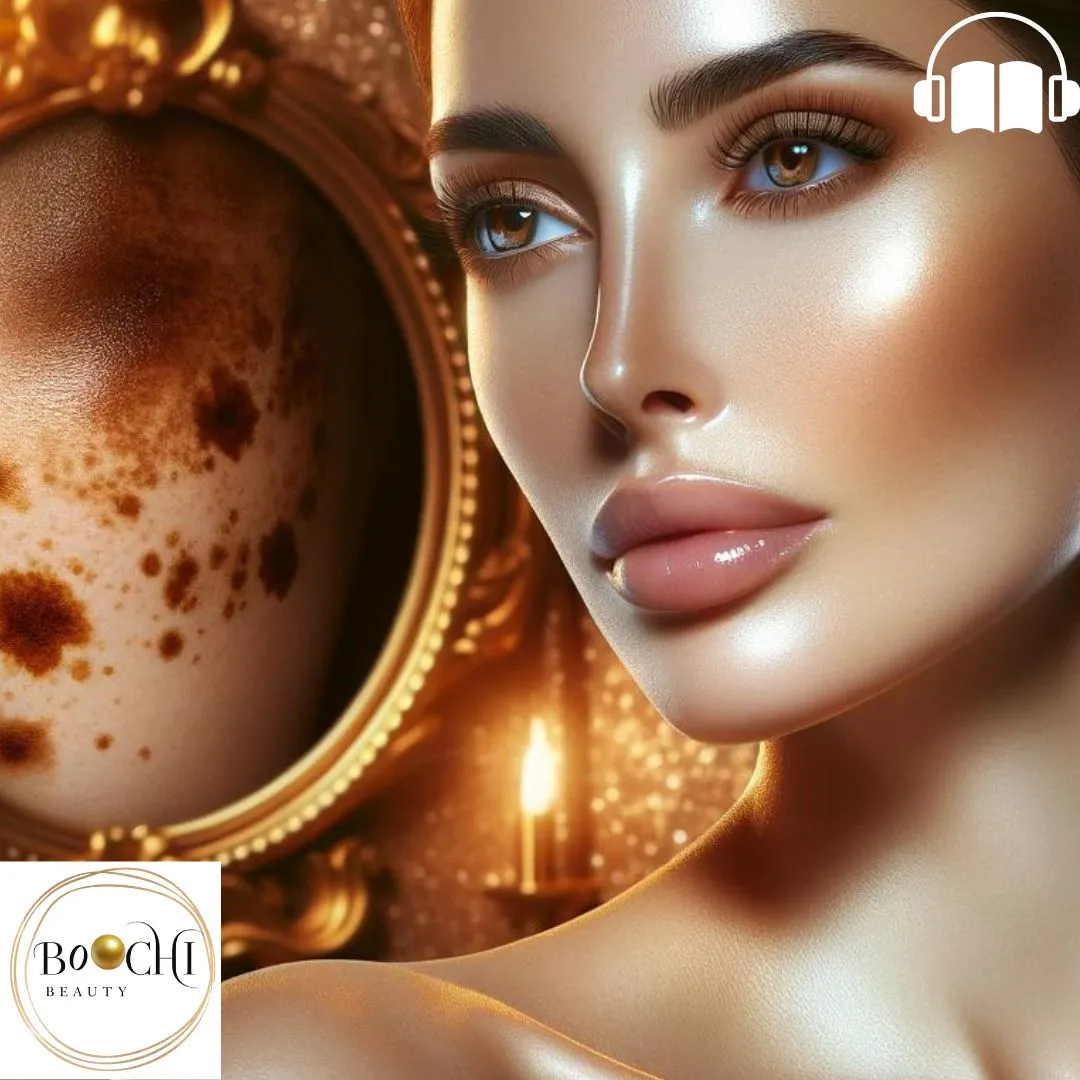
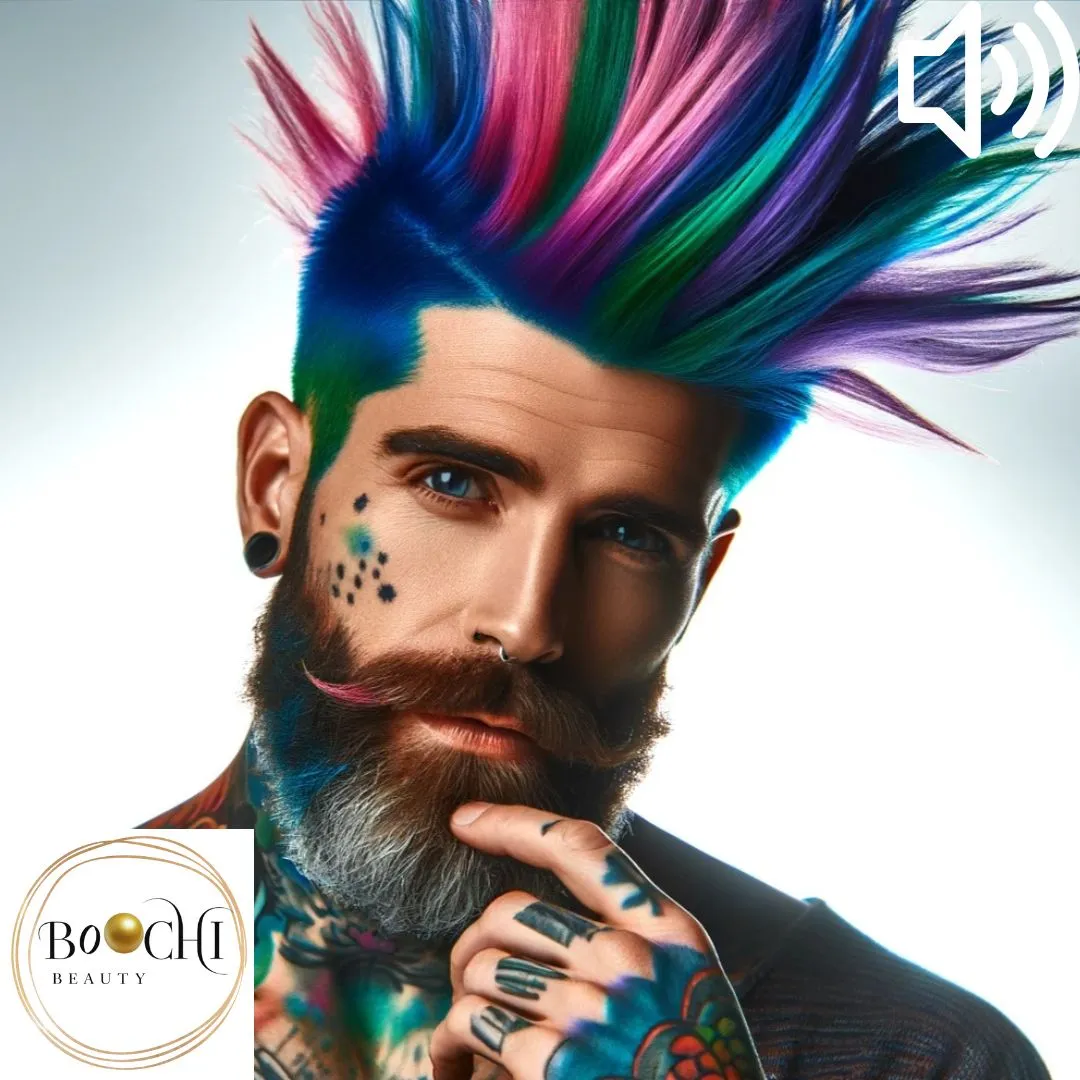
Leave a Reply